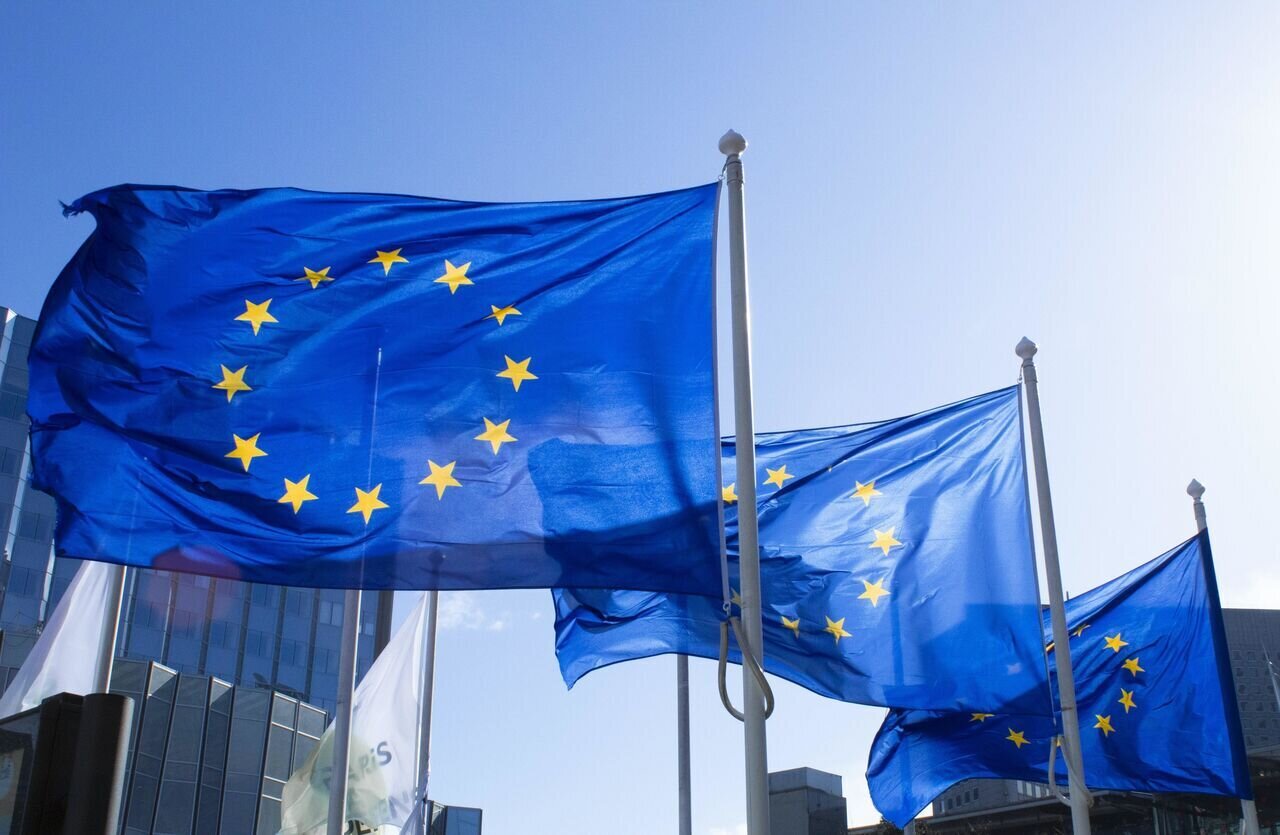EU Slaps 25% Tariff on US Goods: What It Means for Trade Relations
In a significant development in international trade relations, the EU has implemented retaliatory measures in response to US tariffs on steel and aluminum. This decision comes after extensive discussions among member states, the EU Commission, and various industries.
On April 9, the European Union officially announced its countermeasures against the United States, marking a pivotal moment in the ongoing trade tensions between these major economies. The EU’s action aims to protect its economic interests and support its manufacturing sector, which has been impacted by the tariffs imposed by the US.
These retaliatory measures are not just a response but a strategic move to counteract the effects of US tariffs that have been a subject of contention for weeks. The EU’s decision reflects its commitment to safeguarding its industries while navigating complex international trade dynamics.
Key Details of the EU’s Retaliatory Measures
- Scope of Tariffs: The EU’s retaliatory tariffs will target a range of US products, including agricultural goods, machinery, and various consumer items.
- Impact on US Exports: These measures are expected to affect approximately $6.9 billion worth of US exports to the EU.
- Consultations and Discussions: The decision followed several weeks of thorough discussions among EU member states and consultations with industry representatives.
- Support for EU Industries: The EU aims to strengthen its domestic industries that have suffered from US tariffs, ensuring they remain competitive in the global market.
The backdrop of these retaliatory measures stems from the US government’s decision to impose tariffs on steel and aluminum imports, which the US claimed were necessary for national security reasons. However, the EU has argued that such tariffs are unjustified and detrimental to free trade principles.
Reactions from EU Officials
EU officials expressed a strong commitment to maintaining a fair trade environment. Valdis Dombrovskis, the European Commission’s Executive Vice-President, stated, “The EU has no choice but to respond firmly to these tariffs that threaten our industries and jobs.” This sentiment echoes the views of many EU leaders who believe that the tariffs are a unilateral action that disregards the principles of international trade.
Moreover, the EU is not alone in its criticism of the US tariffs. Other trading partners have also voiced their concerns and have resorted to similar retaliatory measures, indicating a potential escalation in trade disputes globally.
Potential Outcomes of the Trade Dispute
- Increased Trade Tensions: The ongoing conflict could lead to further escalations, affecting global trade relations and potentially resulting in broader economic repercussions.
- Impact on Consumers: Consumers in both regions may face higher prices for goods affected by the tariffs, leading to a potential decrease in demand.
- Negotiation Opportunities: While the situation is tense, it may also present opportunities for both sides to engage in negotiations to find a mutually beneficial resolution.
As the EU moves forward with its retaliatory measures, the global economic landscape remains uncertain. The interplay between the US and EU will be closely monitored by analysts and policymakers alike, as it could set the tone for future trade relations.
Conclusion
The EU’s decision to implement retaliatory measures against US tariffs on steel and aluminum is a clear indication of its resolve to protect its economic interests. As tensions rise, the international community watches closely, hopeful for a resolution that upholds the principles of free trade while addressing the concerns of both parties.
In summary, the recent developments in trade relations between the EU and the US highlight the complexities of international commerce. It underscores the importance of dialogue and cooperation in addressing trade disputes, ensuring that both regions can thrive in a competitive global market.






